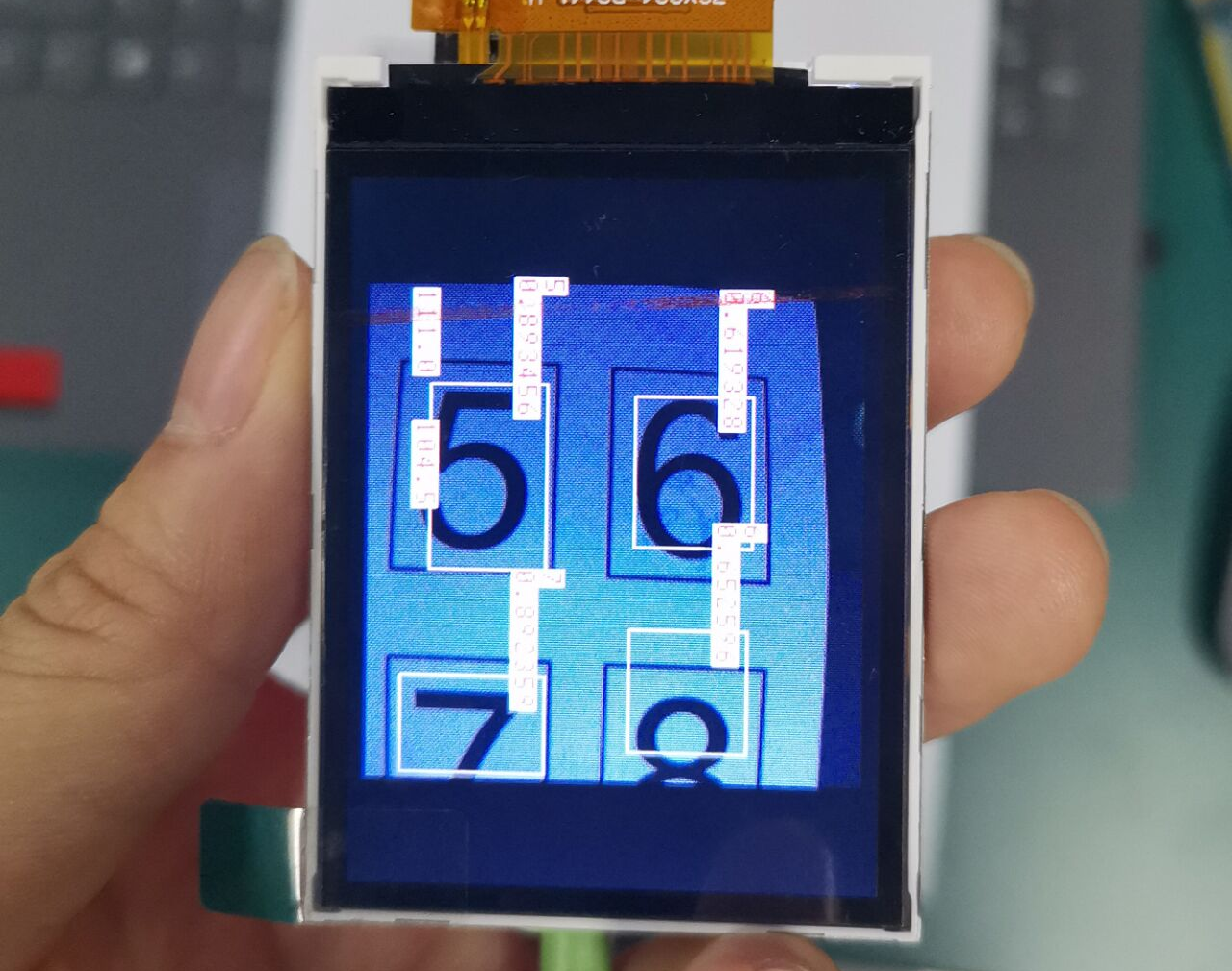SUSTech Electronic Design Competition
Overview
In the SUSTech College Student Electronic Design Competition, our team developed an embedded system for a smart medicine delivery vehicle. The system utilized modular design to complete tasks such as path tracking, room number recognition, and automatic medicine delivery and return. Using Arduino Mega2560 as the main controller and OpenMV Cam H7 Plus for vision-based recognition, we successfully implemented a functional prototype that met the core requirements.
Results
- Achievements:
- Designed and built a smart medicine delivery vehicle capable of transporting 200g medicines to specific rooms and returning to the starting point autonomously.
- Achieved stable path tracking and room number recognition using color sensors and OpenMV-based vision modules.
- Performance Metrics:
- Accuracy: Room number recognition improved from low precision (~80%) to over 95% with increased training data.
- Stability: Optimized dual-motor control for smooth motion and reduced trajectory deviation.
[Report PDF (Chinese version)]


Technical Details
- System Architecture:
- Controllers: Used Arduino Mega2560 for motion control and OpenMV Cam H7 Plus for visual recognition.
- Sensors: Incorporated TCS230 color sensors for red-white line tracking and ultrasonic sensors for medicine placement detection.
- Power Management: Employed LM2596 DC-DC modules for stable power supply to the motors and sensors.
- Vision-Based Recognition:
- Trained a MobileNet V2 model on OpenMV for room number detection, improving accuracy with an expanded dataset of over 1,000 images.
- Integrated servo-driven camera adjustments to widen the field of view for larger room number recognition.
- Motion Control:
- Implemented dual-motor PWM control for precise trajectory adjustments.
- Addressed power distribution imbalances to enhance stability and reduce deviation during turns.
Challenges
- Path Tracking: Gray sensors failed to distinguish red and white lines due to spectral similarity, resolved by switching to TCS230 color sensors.
- Recognition Precision: Initial low accuracy in room number detection improved through iterative dataset expansion and neural network fine-tuning.
- Motor Synchronization: Addressed power discrepancies by using independent motor drivers for improved stability.
Reflection and Insights
This competition underscored the importance of modular system design in solving complex real-world problems. From refining vision models to debugging hardware components, the experience deepened my understanding of embedded systems and control algorithms. It also highlighted the critical role of interdisciplinary approaches in achieving reliable system performance.
Team and Role
- Team: Collaborated with two teammates on design, implementation, and testing.
- My Role:
- Designed and implemented the vision system for room number recognition.
- Led the integration of the motion control and tracking subsystems.
- Conducted iterative testing and fine-tuning for system optimization.